Tomb-sweeping tradition observed in Vietnam
Whenever the Lunar New Year (Tet) comes, normally from the 23rd of the last month of the lunar year to the New Year eve, Vietnamese families visit their ancestors’ tombs and clean gravesites.
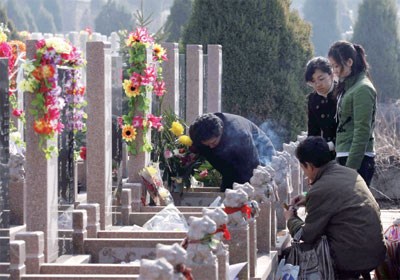
Illustrative image.
They light incense at the graves, sum up the family’s major events during the year for their ancestors and invite the deceased to “go home” to enjoy Tet with the alive.
Then family members uproot weeds, tend to the flowers growing on ancestors’ gravesites and clean the grave stones.
Vietnamese people believe everything, including the deceased’s tombs, should be clean and bright in celebration of Tet in order to have good luck in the new year.
Today in busy cities, the tradition seems more significant for old people, who are afraid that younger generations may grow negligent of the family values in the busy modern life.
Many considers tomb sweeping day not only a chance for family reunion but also for children and grandchildren to fulfill their duties and show respect to parents and the ancestors as a whole.
That’s why tomb sweeping tradition bears strong family identity with big families always fixing a specific date for all members to gather and go together, thus strengthen the family unity and value.
After the tomb sweeping day, Vietnamese families often prepare a six-dish tray of food on the last day of the last lunar month to welcome ancestors back home for Tet. A send-off party will be held on the third or fourth day of the first lunar month, accordingly the local or family tradition./.
VNF/VNA
Recommended
 Viet's Home
Viet's Home
Compassion House - John Donovan Project Supports 10 Great Solidarity Houses in Tien Giang
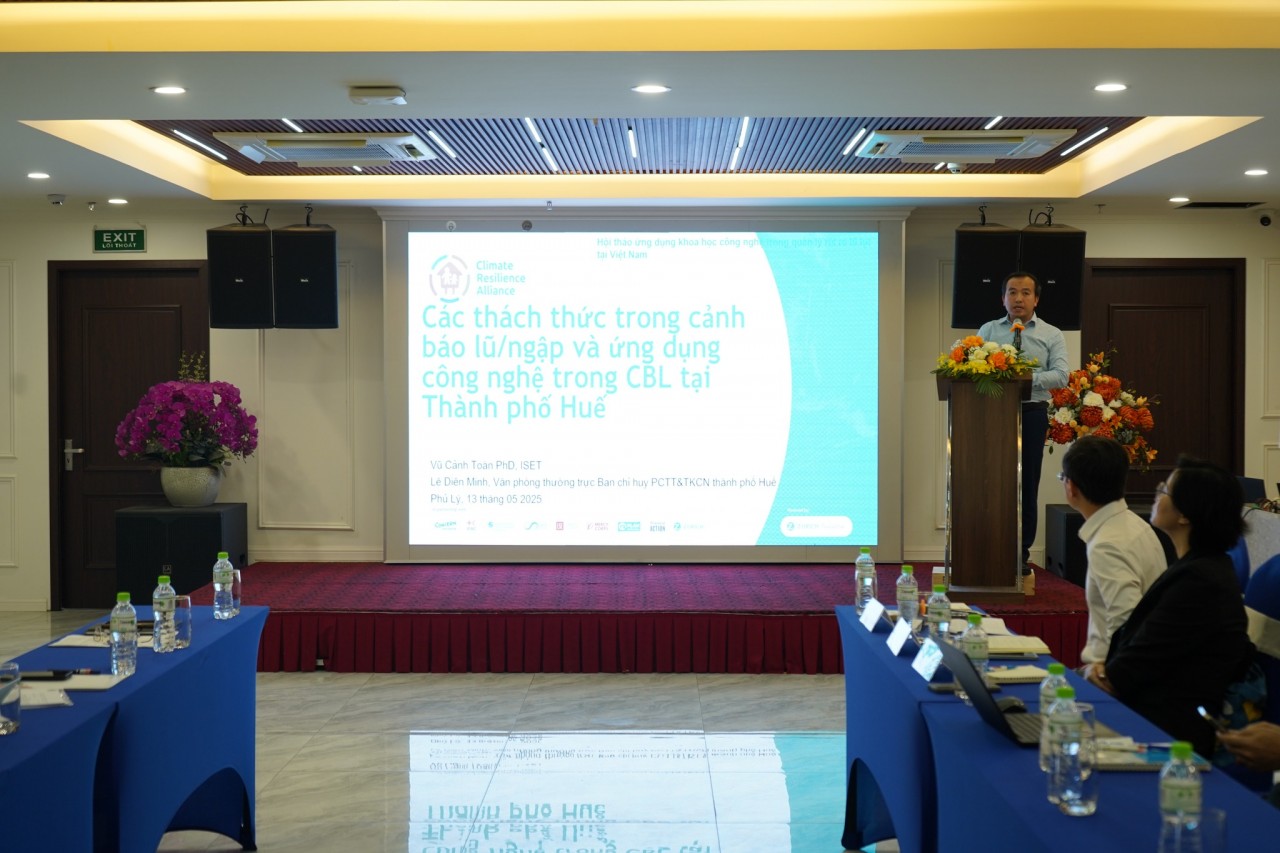 Viet's Home
Viet's Home
Harnessing Emerging Technologies for Flood Risk Warning in Vietnam
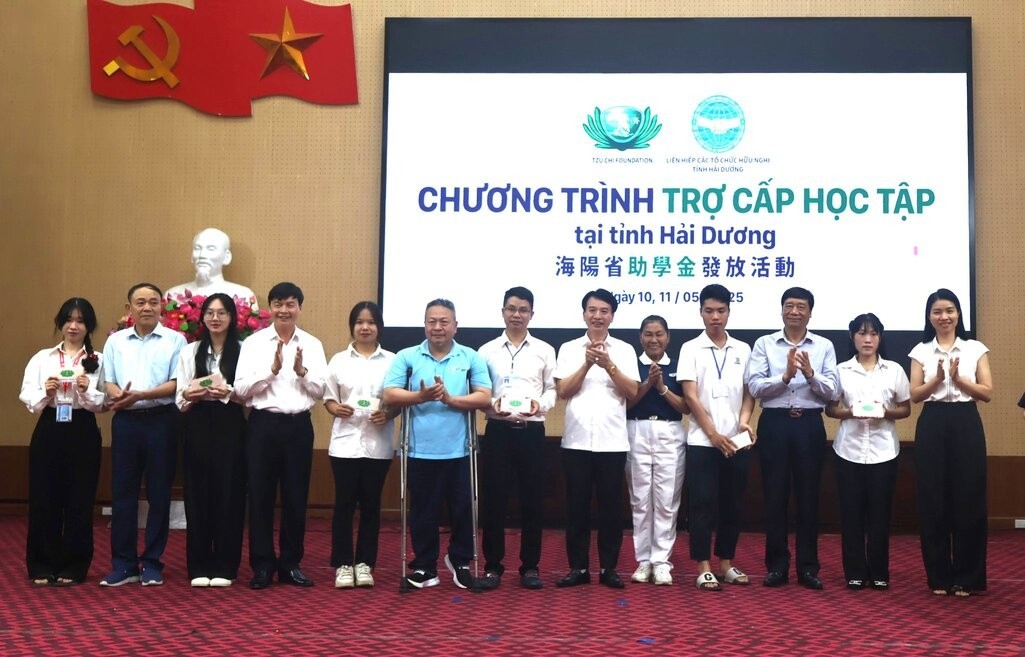 Viet's Home
Viet's Home
Tzu Chi Grants Over VND 2 Billion to Support Disadvantaged Students in Hai Duong
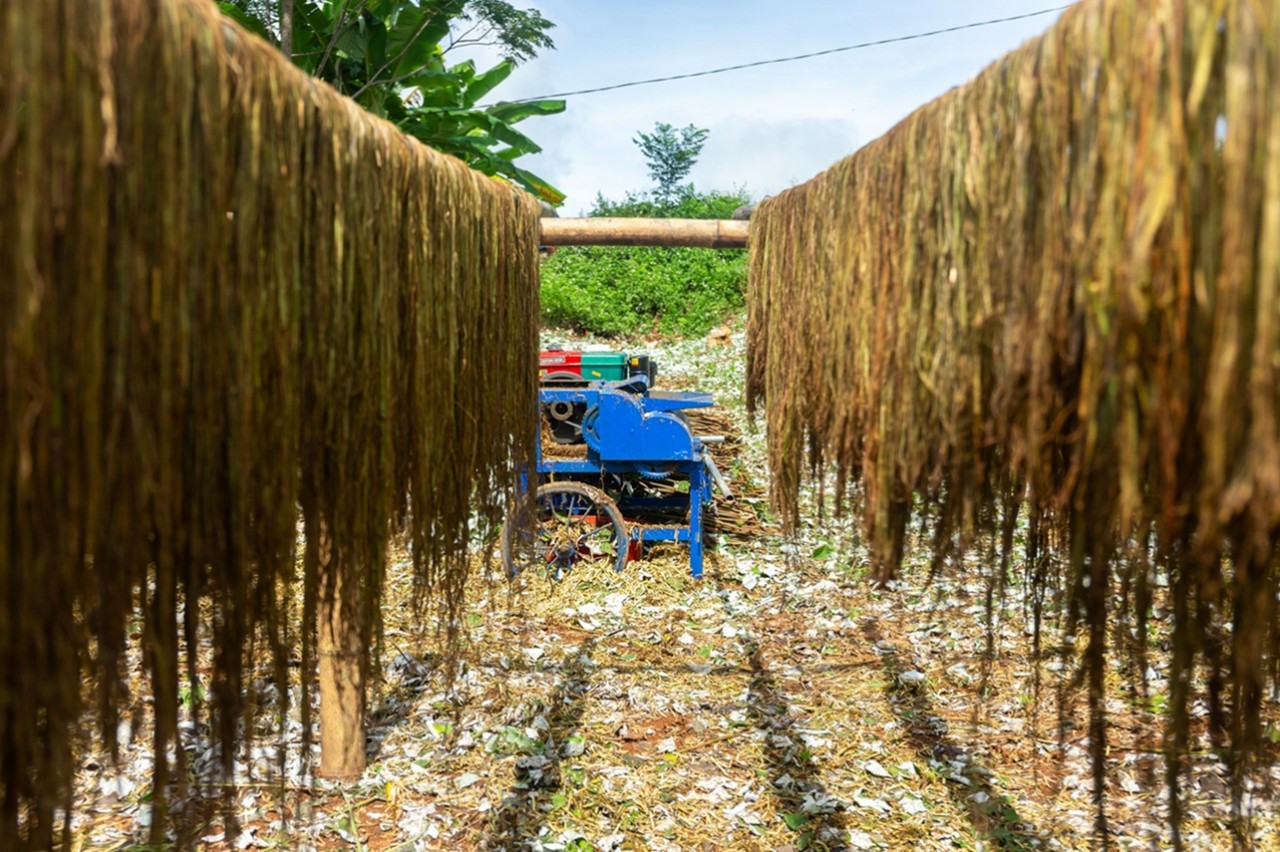 Viet's Home
Viet's Home
CARE Supports Hoa Binh Residents to Develop Sustainable Hemp Products
Popular article
 Viet's Home
Viet's Home
"Ho Chi Minh Biography" in Greek Launched in Athens
 Viet's Home
Viet's Home
French-Vietnamese Author Introduces Book Series "Memories of Overseas Vietnamese"
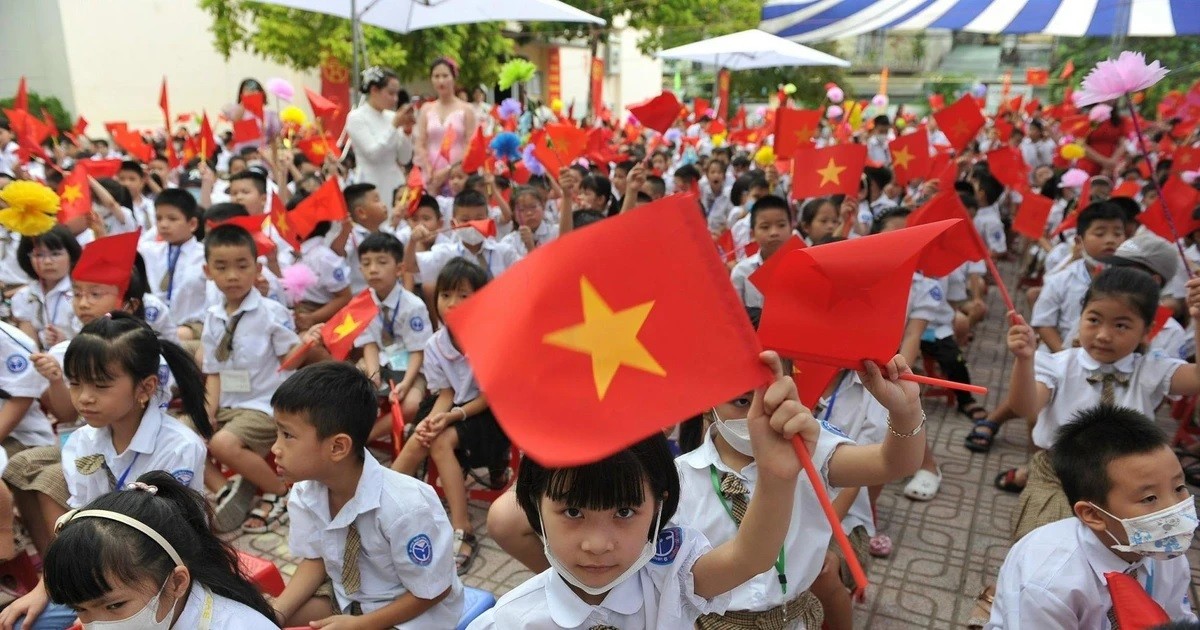 Viet's Home
Viet's Home
Vietnam's Human Development Index Remains High
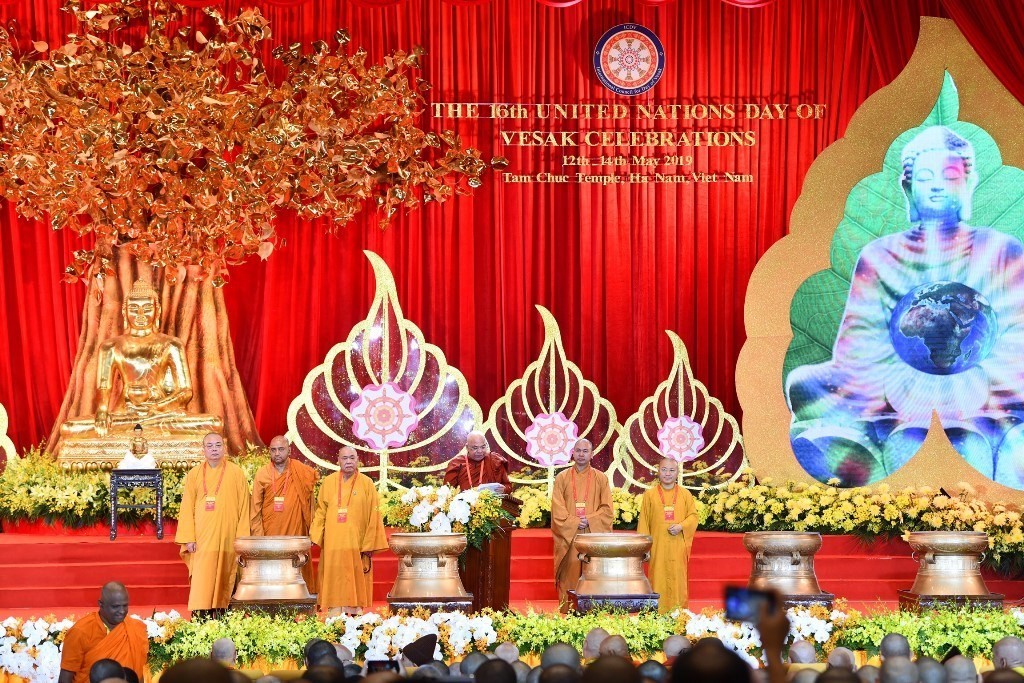 Viet's Home
Viet's Home



